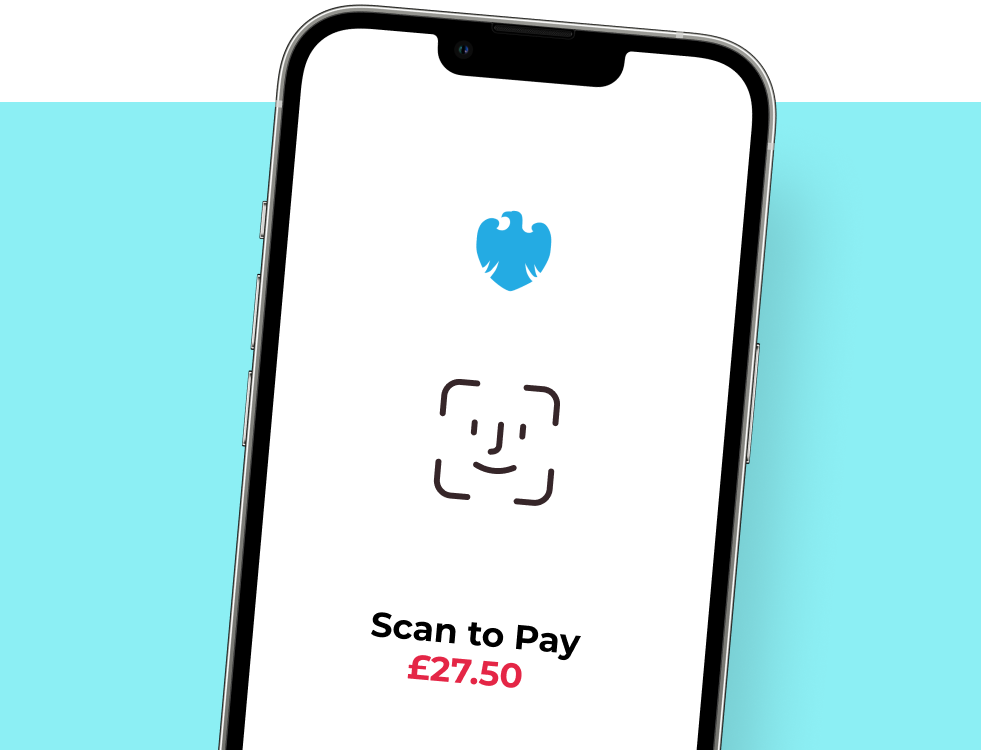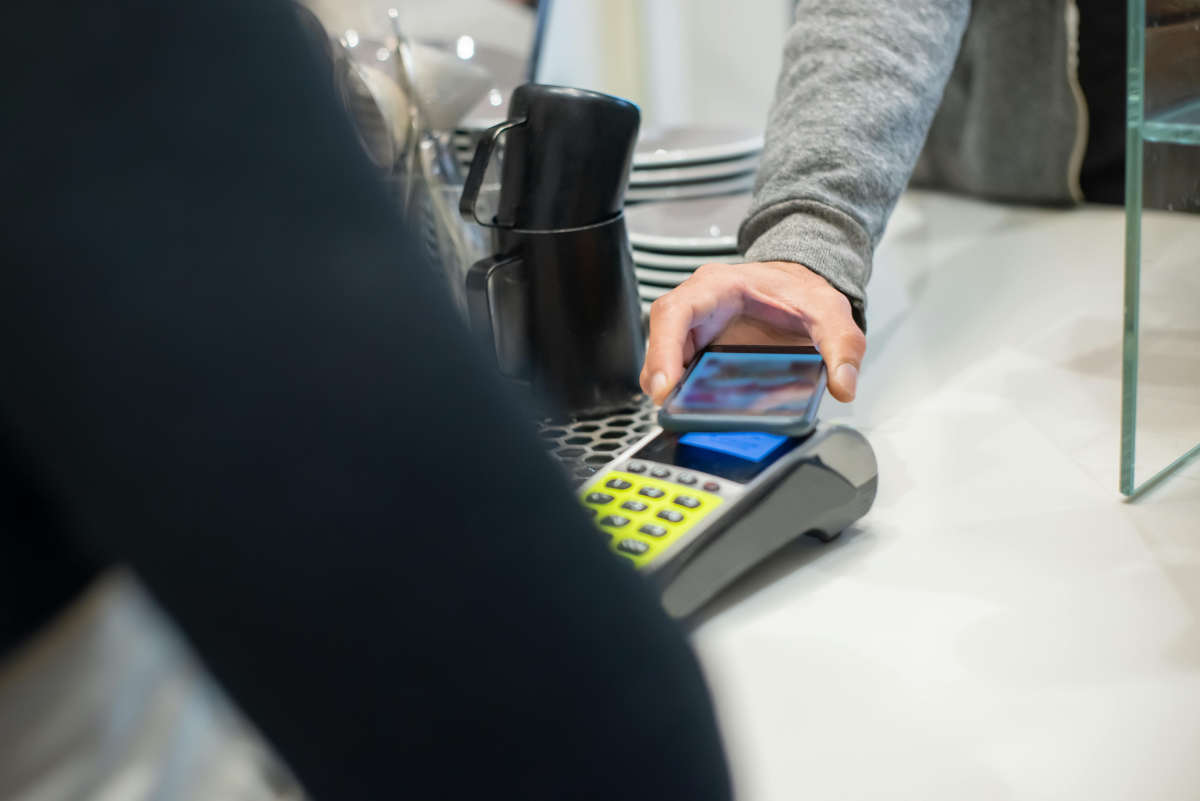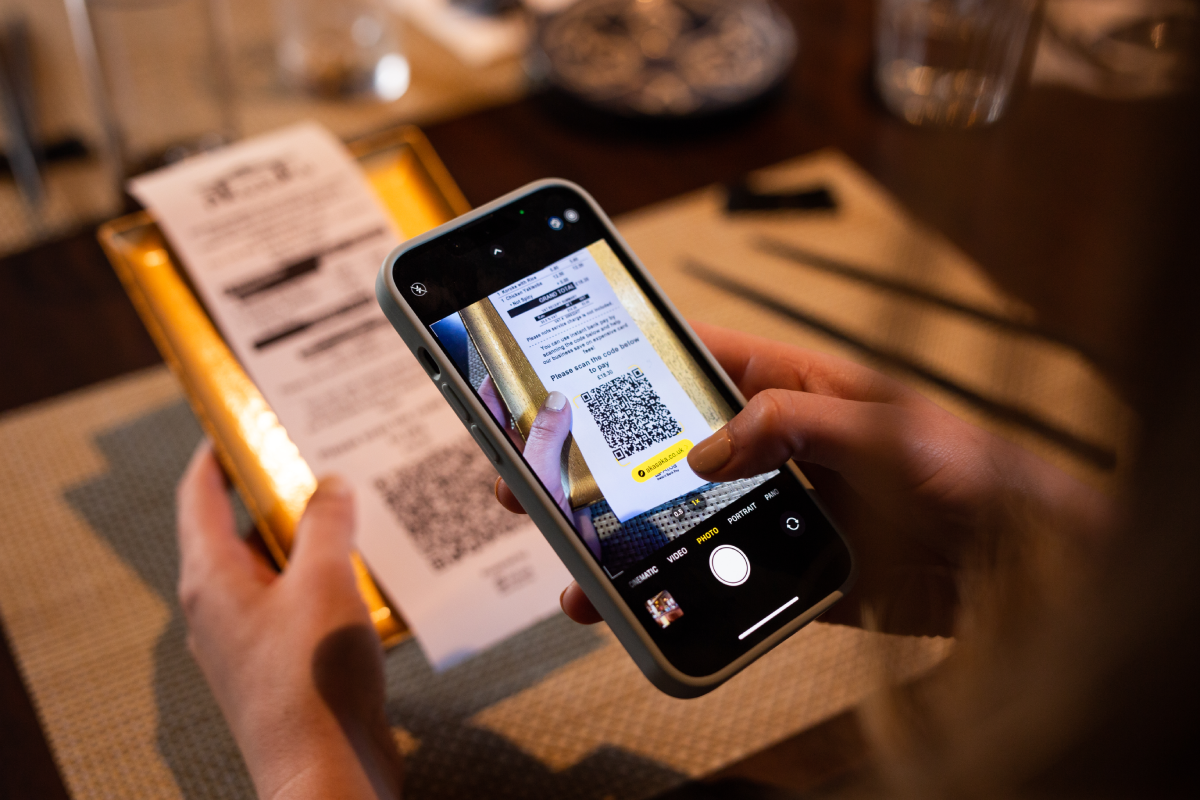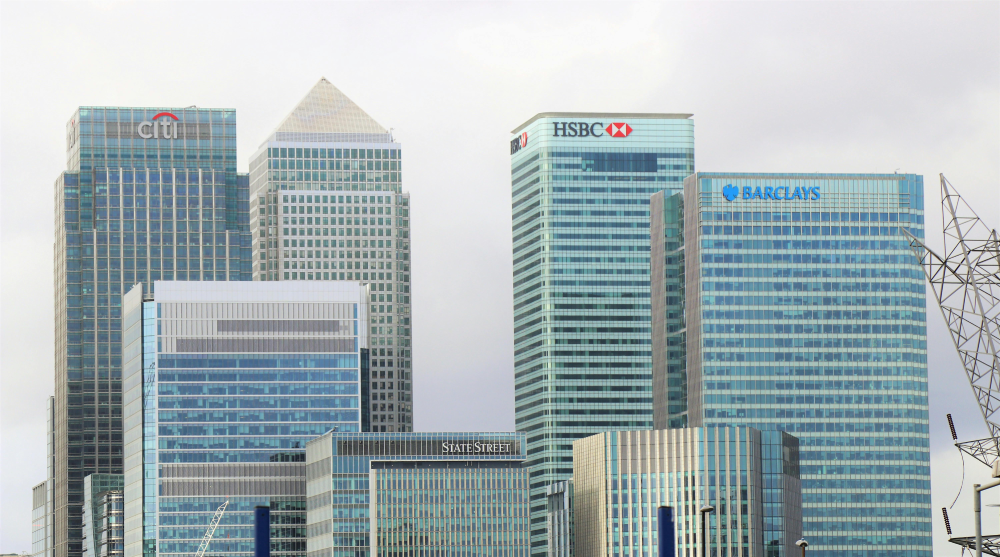Ready to get started?
Get paid faster and save up to 50% on fees with Pay by Bank.
Is this real-life or sci-fi? Biometric payments use people’s unique physical characteristics—like their eyes, face, or voice—to confirm their identity and make a payment. They’re already transforming the financial landscape, and you’ve likely used them in some form.
This article will cover the following key areas:
- What biometric payments are
- Where you might encounter biometric security and what apps use it
- Why these secure payments matter for UK business
- How Atoa can help you
Biometric payments in the UK
Let’s get this show on the road with a startling stat. A study by Juniper Research estimated that by 2024, 1.3 billion devices would be equipped with facial recognition technology. Yep, that’s this year! We don’t have the current stats, but there are a lot of devices that customers can use for secure payments!
And it’s not just about faces. Have you ever unlocked your phone in touch? That’s fingerprint recognition in action. A unique pattern of ridges and valleys on your fingertip creates a “fingerprint map” stored securely on your device. When you pay with a fingerprint, the scanner captures your print and compares it to your stored one. If they match, then your payment will be complete. The same goes for facial recognition, which is like unlocking your phone with Face ID—but for payments.
Biometric payments aren’t used with cash and cards, but they’re part and parcel of more innovative ways to pay, like mobile wallets and open banking payments. Let’s look at some standard methods and situations where biometrics are used.
Mobile wallets and biometric payments
Google Pay secures payments made on Android devices using biometrics. It uses a fingerprint or face scan to authenticate in-store, online, or in-app payments.
Apple Pay allows users to make contactless payments with their iPhone, iPad, Apple Watch, or Mac. The device camera checks the user’s fingerprint or face recognition to confirm that they are making the transaction.
Samsung Pay works similarly to Apple Pay but is designed for Samsung devices. Users scan their fingerprint, iris, or face to confirm a payment.
Open banking and biometric payments
Biometric payment authentication is still an emerging trend in the UK. Still, Strong Customer Authentication (SCA) and biometrics are widely used in open banking.
Use biometrics to log into accounts easily
Open banking requires users to connect their bank accounts securely to use third-party providers (TPPs). Traditionally, customers had to enter login details, which can easily be keyed in wrong and lock accounts. Biometrics like fingerprints or facial scans replace passwords with a faster and more secure way to verify your identity when you log into mobile banking or give permission to TPPs.
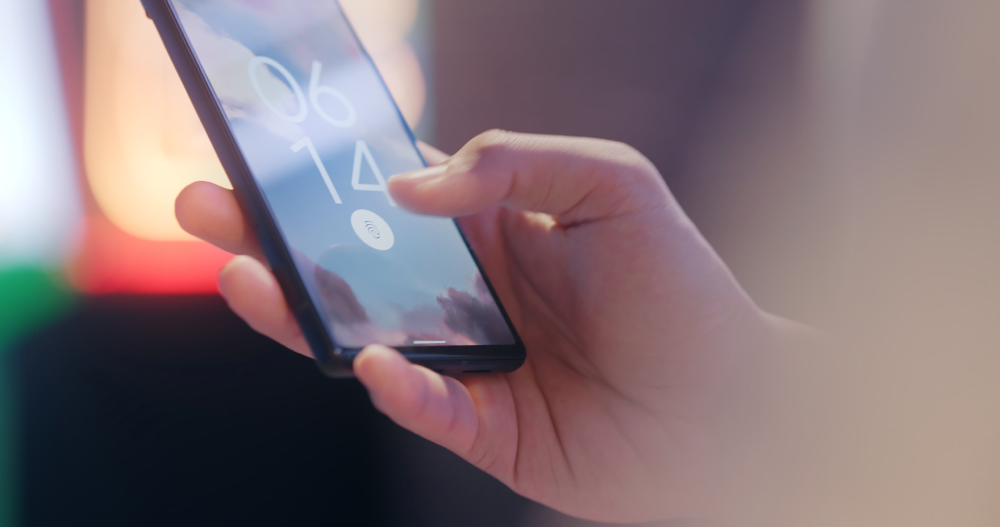
Securely authorise payments with biometrics
You can make open banking payments with biometrics using third-party providers. Some TPPs use verification with biometrics to confirm open banking payments directly. Instead of adding their PIN or password, users can approve payment with their fingerprint or facial scan, adding an extra layer of security and convenience. It’s more secure than making contactless payments with a card and is how we protect payments on Atoa from chargebacks.
When paired with strong customer authentication (SCA), biometrics can be used as an additional security step for banking payments. This can help combat fraud prevention, unauthorised transactions, and, ultimately, chargeback costs.
Customers can’t make open banking payments solely using biometrics. Biometrics are used for verification and authentication, not payment initiation.
💡Atoa Business allows consumers to send money to family and friends between bank accounts using open banking and biometric technology.
But how does it benefit my business?
Did you know that, according to Fingerprints, 62% of people they surveyed would switch banks to get a biometric card?
Imagine customers can pay you with a quick glimpse or wave of a hand. Biometric payments keep everyone happy, and here’s why.
An easy experience: Manage finances and make payments quickly and securely with a tap of your finger.
Less fraud: Biometric verification, like fingerprints or facial recognition, is unique to each individual, making it much harder to counterfeit compared to traditional methods like cards or PINs. This can significantly reduce fraudulent transactions and chargebacks, saving businesses money.
Faster transactions: Biometric payments remove the need for customers to remember PINs, speeding up checkout processes and reducing queues. This can improve customer satisfaction and potentially increase sales.
Improved operations: Integrating biometric payments with existing systems can automate tasks like loyalty programs or age verification, reducing manual work and improving operational efficiency.
Data crunch: Analysing biometric data (with proper consent) can provide valuable insights into customer behaviour and preferences, enabling businesses to personalise marketing, promotions, and overall customer experience.
Attracting customers: Businesses that adopt innovative technologies like biometrics can stand out from competitors and attract tech-savvy customers.
However, it’s wise to weigh these potential benefits up against the following considerations.
Why biometrics might pose challenges
Adding biometric systems can be expensive, especially for smaller businesses. Consumers might be wary of sharing their biometric data, and businesses need watertight data security and transparency to build trust.
Current biometric technology might not be foolproof, and concerns exist about potential biases in facial recognition algorithms. Data privacy regulations like GDPR must be considered when collecting and using biometric data.
Remember to research the potential benefits and drawbacks before you adopt new technology.
Biometrics and compliance: what you should know
Security is a top concern with biometrics. But don’t worry – data encryption scrambles fingerprint or facial maps into an unreadable code, protecting your identity. Additionally, most systems require two-factor authentication (e.g., fingerprint + single-use PIN) for added peace of mind.
Overall, adopting biometric payments offers many advantages for UK businesses in terms of security and convenience. However, careful consideration of costs, privacy concerns, and legal issues is necessary before making a decision.
The future of biometric payments
While fingerprints and facial recognition are prominent, other biometric options exist:
- Iris scanning analyses the unique pattern of your iris, or coloured part of the eye.
- Voice recognition can identify you by the sound of your voice. Alexa, is that you?
- Vein pattern recognition reads the vein patterns in your palm or finger.
But for now, in the UK, face and fingerprint payments are leading the way due to their widespread adoption, familiarity with smartphones, and ease of use.
FAQs
Are biometric payments safe?
Yes, biometric payments are secure, and fingerprint data is stored safely, which means it’s difficult to copy or hack. However, check your provider has strong data security practices.
What are the benefits of using biometric payments?
Increased security, faster transactions, reduced cash handling, and improved customer experience.
Do I need to upgrade my existing payment system?
Your existing terminal can be fitted with fingerprint scanners, whilst newer models already come with them.
What regulations do I need to comply with?
Data protection regulations, such as GDPR and the Data Protection Act 2018 cover biometric payments. If you use them, make you get clear customer consent, store data securely and offer data access or options to delete it.
